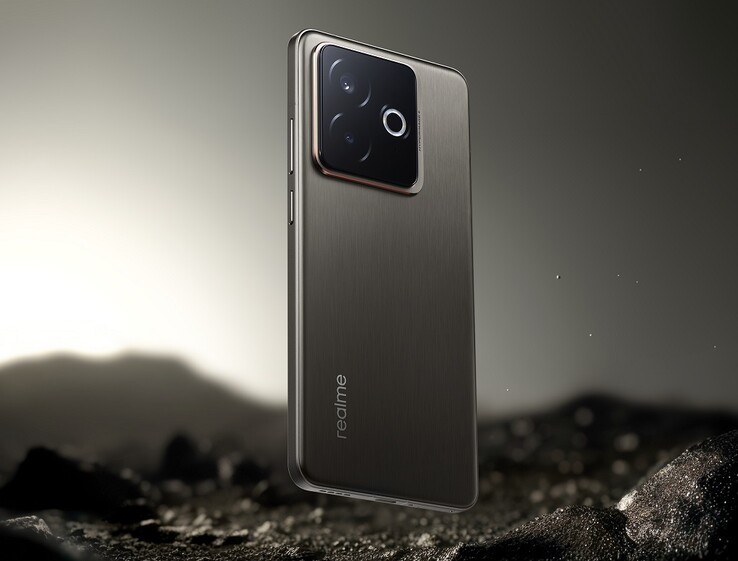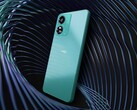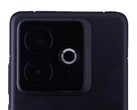Realme has set February 13th, 2025, 10 AM CST as the official unveiling date for their latest performance-focused device, the GT7 Pro Racing Edition. Let's dive into what Realme has officially revealed about their upcoming gaming phone, plus some interesting rumors floating around.
Build and design
The GT7 Pro Racing Edition features a premium build with a metal frame and glass body as it`s predecessor, the GT7 Pro.
The device comes in two distinct color variants:
- Star Trail Titanium: Features a grey/black titanium-like metal finish.
- Neptune Exploration Edition: Showcases a dynamic blue gradient back panel, "drawing inspiration from Neptune's celestial hues" as per Realme.
What`s been confirmed on hardware side
- It will pack the latest Snapdragon 8 Elite Edition processor, also found on its sibling, GT7 Pro.
- UFS 4.1 storage with 4.2GB/s read-write speeds.
- A quad-curved display hitting 6000 nits maximum brightness with 120Hz refresh rate.
Gaming features
- Ice Core Cooling System with the largest cooling area in its class, as Realme states.
- Skylink Communication System 2.0 for low-latency gaming.
- AI Gaming Assistant.
What's still not confirmed
- It will likely use the same 6.78-inch 8T LTPO OLED panel as the regular Realme GT 7 Pro.
- RAM and storage: The device might come in 8GB, 12GB and 16GB LPDDR5x RAM and 128GB, 256GB and 512GB storage capacity flavours.
- Camera: For optics, the phone will likely feature a 50MP+8MP dual camera setup with a front 16MP selfie camera.
- Battery and Charging: It will possibly pack a 6,500mAh battery with 120W fast charging.
- We can expect to have In-display ultrasonic fingerprint sensor, and an infrared sensor.
- It can have the same dimensions as the regular GT7 Pro, at 162.45×76.89×8.55mm.
The GT7 Pro Racing Edition appears to be shaping up as a serious contender in the gaming and power user segments, though we'll need to wait for the official launch to verify all of these specs.
Loading Comments
Ever since I was a kid, I’ve been obsessed with computers and technology. I knew it was the key to exploring new possibilities, even before I had my own PC. I’d read every tech magazine I could get my hands on, eager to learn more. When I finally got my first computer, the first thing I did was take it apart and put it back together the next day—just to see how it all worked. That curiosity never faded. Over 20 years later, I’m still just as excited about the latest innovations and what the future holds.














